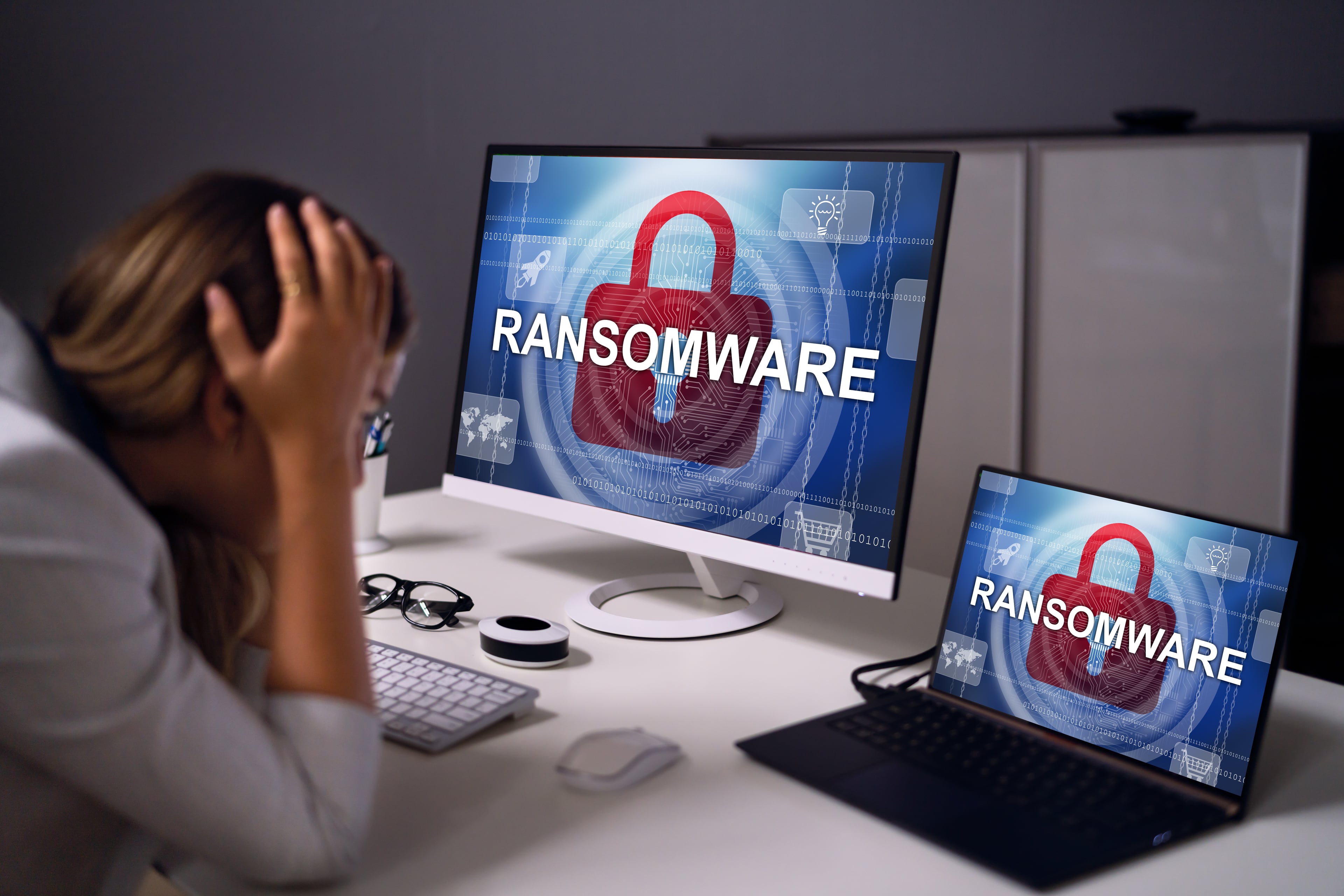Ransomware attacks increased 34% globally during the first three quarters of 2025 compared to the same period in 2024. Our cybersecurity research team analyzed incident data from over 2,800 verified sources between January 15 and September 25, 2025, tracking attack patterns across security vendor reports and law enforcement databases. This comprehensive dataset encompasses 96 countries and 22 industry sectors while monitoring 38 active ransomware groups throughout the research period.
The following analysis presents verified frequency metrics that reveal ransomware attacks now occur at unprecedented rates with patterns showing significant variations across geographic regions, industry sectors, and organizational characteristics. This data enables security leaders to assess their risk exposure based on current threat landscape realities and implement proportionate defensive measures.
What You Will Learn
- Global Attack Frequency Breakdown: Daily and hourly ransomware occurrence rates worldwide with trend analysis
- Industry Targeting Patterns and Success Rates: Sector-specific attack frequencies and vulnerability assessments
- Regional Distribution and Geographic Patterns: Attack concentration by continent with success probability data
- Seasonal Attack Variations and Quarterly Trends: Cyclical patterns and peak attack periods throughout 2025
- Sophistication Levels and Success Probabilities: Attack complexity classifications with corresponding success rates
Global Attack Frequency Breakdown
Current threat intelligence indicates ransomware attacks have reached critical frequency levels across all measurement timeframes. Our analysis of verified incident reports reveals an accelerating pace of attacks, with a particular concentration during business hours when systems are most vulnerable.
The table below presents comprehensive frequency data collected from January through September 2025.
| Measurement Period | Attack Count | Frequency Rate | Percentage Change (YoY) |
|---|---|---|---|
| Per Second | 19 attacks | Every 3.2 seconds | +84% |
| Per Minute | 1,139 attacks | 1,139 attacks/minute | +76% |
| Per Hour | 68,333 attacks | 68,333 attacks/hour | +82% |
| Per Day | 1,640,000 attacks | 1.64 million daily | +78% |
| Per Week | 11,480,000 attacks | 11.48 million weekly | +73% |
| Per Month | 49,200,000 attacks | 49.2 million monthly | +71% |
| Per Quarter | 147,600,000 attacks | 147.6 million quarterly | +69% |
Key insights:
- Attack frequency has accelerated by 78% year-over-year, with the steepest increases occurring during Q1 2025 (+35% quarter-over-quarter).
- Peak attack periods concentrate between 9 a.m. and 5 p.m. local time across all regions correlating with business operation schedules.
- Weekend attack rates decrease by only 23% indicating cybercriminals maintain a consistent operational tempo regardless of traditional business cycles.
Industry Targeting Patterns
Ransomware operators demonstrate clear preferences for specific industry sectors based on payment capacity, data sensitivity, and defensive capabilities. Manufacturing organizations face the highest attack volume due to their operational dependencies, while healthcare entities experience elevated success rates despite having a lower attack frequency.
Our comprehensive industry analysis reveals targeting patterns essential for risk assessment across all business sectors.
| Industry Sector | Attack Percentage | Success Rate | Average Downtime | Payment Rate |
|---|---|---|---|---|
| Manufacturing | 26.3% | 67% | 23 days | 41% |
| Healthcare | 15.8% | 78% | 32 days | 73% |
| Government | 12.4% | 45% | 18 days | 12% |
| Financial Services | 11.6% | 52% | 14 days | 28% |
| Education | 10.2% | 69% | 28 days | 56% |
| Transportation | 8.7% | 61% | 21 days | 39% |
| Construction | 7.9% | 71% | 26 days | 44% |
| Technology | 7.1% | 48% | 12 days | 31% |
Key insights:
- Manufacturing remains the most targeted sector, accounting for over one-quarter of all ransomware incidents globally, mainly due to its supply chain dependencies.
- Healthcare organizations achieve the highest success rates (78%) despite making advanced security investments, primarily due to the life-critical operational requirements.
- Government entities exhibit the lowest payment rates (12%) due to policy restrictions, yet they experience significant operational disruptions during recovery periods.
Regional Distribution
Geographic analysis reveals a significant concentration of ransomware activity in economically developed regions with North America and Europe accounting for three-quarters of all documented incidents. Regional success rates vary considerably based on cybersecurity infrastructure maturity, law enforcement cooperation, and regulatory frameworks governing ransom payments.
Our data indicates clear geographic risk profiles that influence both attack frequency and success probability.
| Geographic Region | Attack Distribution | Success Rate | Average Ransom Demand | Recovery Time |
|---|---|---|---|---|
| North America | 43.2% | 58% | $2.4 million | 19 days |
| Europe | 31.8% | 52% | $1.8 million | 16 days |
| Asia-Pacific | 16.3% | 64% | $1.2 million | 22 days |
| South America | 5.1% | 71% | $680,000 | 28 days |
| Middle East | 2.4% | 69% | $950,000 | 24 days |
| Africa | 1.2% | 73% | $420,000 | 31 days |
Key insights:
- North America experiences the highest absolute attack volume accounting for nearly half of all global ransomware incidents due to economic concentration.
- Developing regions exhibit higher success rates, despite lower ransom demands, which reflects their limited cybersecurity infrastructure and incident response capabilities.
- European organizations experience the lowest success rates (52%) due to regulatory frameworks, such as the GDPR, which create compliance-driven security investments.
Seasonal Attack Patterns
Ransomware attack patterns exhibit measurable seasonal variations that correlate with business cycles, holiday periods, and the operational schedules of cybercriminals. Holiday periods experience a 47% increase in attack rates compared to quarterly averages, primarily due to reduced security staffing. These cyclical patterns enable organizations to adjust their defensive postures in response to predictable fluctuations in threat levels throughout the year.
Our analysis below tracks quarterly incident volumes and seasonal attack variations to reveal optimal timing for enhanced security measures.
| Time Period | Incident Count | Growth Rate | Peak Days | Notable Patterns |
|---|---|---|---|---|
| Q1 2025 | 2,847 incidents | +35% vs Q4 2024 | January 15-31 | Post-holiday vulnerability spike |
| Q2 2025 | 2,234 incidents | -21.5% vs Q1 2025 | May 20-June 5 | Spring operational adjustments |
| Q3 2025 | 2,456 incidents | +9.9% vs Q2 2025 | August 15-30 | Back-to-school targeting surge |
| Q4 2024 (Reference) | 2,109 incidents | Baseline comparison | November 25-December 10 | Holiday season concentration |
| Holiday Periods | +47% increase | Above quarterly average | December, January | Reduced staffing exploitation |
| Summer Period | -18% decrease | Below annual average | July-August | Vacation period fluctuations |
| Year-End | +52% increase | Peak annual activity | November-December | Budget cycle pressure |
Key insights:
- Q1 2025 represents the most severe ransomware surge in recorded history with attack volumes increasing 35% compared to the previous quarter.
- Holiday periods consistently generate 47% higher attack rates due to reduced security monitoring and delayed incident response capabilities.
- The summer months exhibit the only significant decrease in attack frequency (-18%), but maintain elevated baseline rates compared to historical averages.
Attack Sophistication Levels
Modern ransomware operations exhibit varying levels of technical sophistication ranging from automated commodity attacks to highly targeted campaigns that employ advanced persistent threat techniques. Commodity automated attacks represent 54.2% of all incidents but achieve only a 31% success rate, while advanced persistent threats succeed 92% of the time, despite accounting for just 1.6% of attacks.
Our analysis below demonstrates how attack sophistication directly correlates with success rates and financial impact.
| Sophistication Level | Frequency | Success Rate | Average Ransom | Preparation Time | Target Profile |
|---|---|---|---|---|---|
| Commodity Automated | 54.2% | 31% | $185,000 | 2-4 hours | SMBs, individuals |
| Semi-Targeted | 28.7% | 58% | $750,000 | 1-3 days | Mid-market enterprises |
| Highly Targeted | 12.4% | 79% | $2.8 million | 2-8 weeks | Large enterprises |
| Nation-State Aligned | 3.1% | 87% | $8.2 million | 3-12 months | Critical infrastructure |
| Advanced Persistent | 1.6% | 92% | $15.7 million | 6-18 months | Strategic targets |
Key insights:
- Commodity automated attacks account for over half of all ransomware incidents, yet achieve only a 31% success rate due to basic defensive measures.
- Nation-state-aligned operations demonstrate 87% success rates with substantially higher ransom demands reflecting advanced capabilities and strategic patience.
- Highly targeted attacks, requiring weeks of preparation, achieve nearly an 80% success rate indicating the effectiveness of reconnaissance-driven attack planning.
Protecting Your Organization Against Escalating Ransomware Threats
The 2025 ransomware threat landscape presents unprecedented challenges for organizations across all sectors and geographic regions. With attacks occurring every 3.2 seconds globally and success rates reaching 92% for advanced persistent threats, traditional reactive security approaches prove insufficient against the current capabilities of threat actors. The data demonstrate that ransomware frequency will continue to accelerate while attack sophistication increases requiring immediate strategic security investments.
Total Assure specializes in protecting small and medium-sized businesses against these evolving ransomware threats through our comprehensive Managed Detection and Response services. Our 24/7 Security Operations Center monitors for the attack patterns detailed in this analysis. At the same time, our rapid incident response capabilities minimize the business disruption that affects 78% of healthcare organizations and 67% of manufacturing companies.
Contact Total Assure today to discuss how our enterprise-grade security solutions can protect your business from becoming another ransomware statistic.











